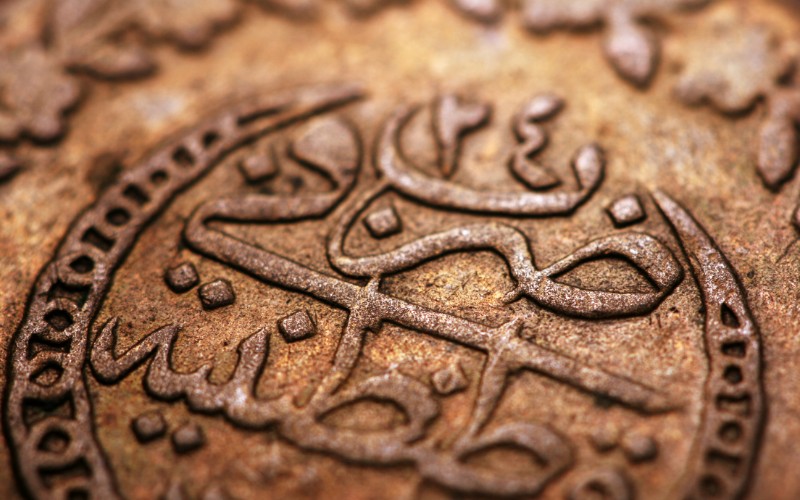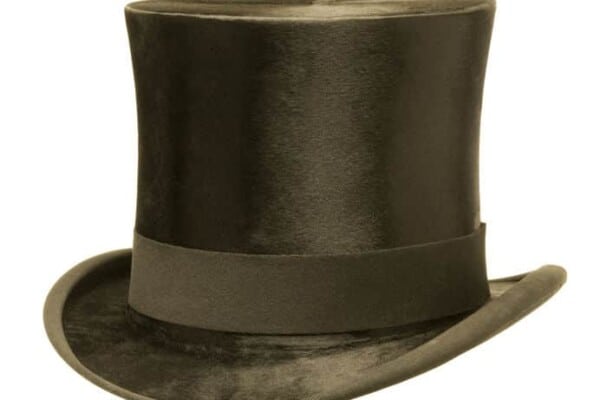The hat, known as the fez, has been historically associated with Turkey and the region.
While it is easy to spot the fez in depictions of the Ottoman Empire, you would be hard-pressed to find someone wearing a fez on the streets of modern Turkey.
Mustafa Kemal Ataturk banned Fez hats in Turkey in 1925 because of the fez’s connection to the Ottoman Empire.
This change was one of his many reforms aiming to establish Turkey as a modern, secular nation more aligned with Western ideals than Eastern ones.
We will look at the fez throughout history and its connection to the Ottoman Empire, as well as a brief look at the founding of the Republic of Turkey.
The reforms Ataturk introduced regarding Western dress had a big impact on the fez hat.

History of the Fez
You can recognize a fez by its typical red color and cylindrical shape. While historically, they have appeared in other colors, the bright red version is the most iconic and is usually constructed from felt with a dark tassel hanging over the side.
The name comes from the Moroccan city of Fes, where the production of the hat first began. The hat first became popular throughout the Mediterranean region and later throughout the Ottoman Empire.
At the beginning of its use, the fez was commonly used as a structure to wrap a turban around or used as the base of other headdresses but was not typically worn by itself.

It was not until the 1800s in the Ottoman Empire that the fez took on an identity of its own as a stand-alone hat, no longer the base for other ensembles.
Muslims wore the fez as a functional way to cover their heads. Since the hat was brimless, it was the ideal shape to wear during prayers.
In Islam, praying traditionally involves prostrating or bowing down with the forehead resting on the ground. The hat’s shape allowed the wearer to lower the head to the ground without any interference.
In the 1820s, Mahmud II, Sultan of the Ottoman Empire commanded a military reform commanding everyone to wear a fez, Muslims and non-Muslims alike in a grand effort to unify the people of the Ottoman Empire.
This reform brought on the height of the fez’s popularity and is why the hat still calls to mind the image of the Ottoman rule.
While the hats were originally made in Morocco and elsewhere in Northern Africa, they later became produced in modern-day Turkey as demand dictated.
The first state-run fez factory opened in 1836 in modern-day Istanbul. The factory, known as Feshane, is now a historical site in Turkey’s largest city and was one of the biggest suppliers of fez hats during the 19th century.
Establishing Modern Turkey
As World War I came to a close, the Ottoman Empire’s reign ended. In the aftermath, the Turkish War of Independence broke out and concluded in 1923 with the founding of the Republic of Turkey.
Mustafa Kemal Ataturk became the new nation’s first president and began the process of establishing the republic as a modern, secular country aligned with the West.
Ataturk’s reforms touched on many foundational aspects of life in his country.

These reforms included changing the alphabet from a script that resembled Arabic to a new Latin alphabet, which was a way to be more linguistically aligned with the West and allow Turks to learn various European languages more easily.
These reforms also brought a new constitution with a legal code modeled after those in Europe.
State and religion were officially separated, making the new republic an officially secular state.
Women’s rights were redefined, allowing Turkish women to vote, hold office, and choose if they wanted to wear a headscarf. Western dress was encouraged for all.
The Hat Reform and Subsequent Banning of the Fez
One of Ataturk’s reforms targeted the fez due to its prevalence in the 19th century and its symbolism of Ottoman citizenship. It was important that this symbol was left in the past and not associated with the new republic.
Ataturk’s reforms were designed to uproot Turkey from its Eastern influences and dramatically realign it with Europe and the West, which was the basis for his bold vision for progress and the prosperity of the new nation.
His fez reform clearly stated that no man in public shall wear a fez or a turban. Civil servants, who had to wear a fez during Ottoman rule, now had to wear a western-style hat. The hat had to have a brim to be considered acceptable to meet this criterion.
Western-style dresses and hats were encouraged in public. Going out without a hat was also acceptable. However, if you were caught wearing a fez, you could face harsh punishment from the new government.

Ataturk’s reforms were creating a dramatically different country. So the punishments had to loom large to effectively establish the change he envisioned, including the death penalty, which was an extreme option.
The fez is still popular in many Northern African countries and other Middle Eastern countries. The banning of the fez was unique to Turkey and its effort to create a fresh image for the new nation.
The Fez in Turkey Today
You can easily find a bright red fez for sale in large tourist destinations, including the Grand Bazaar in Istanbul, which is one of the great tourist shopping destinations.

You can easily find these felt hats available for purchase, or you may spot the occasional fez on someone working in the tourist industry.
There is a famous mastic ice cream in Turkey where the vendors perform tricks with the scoops as they serve it to the customers. You will often find them wearing a version of the fez, although it will vary in color and shape.
However, when it comes to daily life in Turkey, it would be highly unlikely that you would see an average citizen wearing a fez. For the people of Turkey, these hats have been phased out the way Ataturk intended.
Final Thoughts
The banning of the fez in Turkey was part of a grand reform package that shaped Turkey into the secular country it is today.
It wasn’t about style, but Ataturk gave his people what he believed to be the best chance at progress and prosperity.
It was a way to detach from Ottoman History and give a new image to all citizens of the newly established Republic of Turkey.













